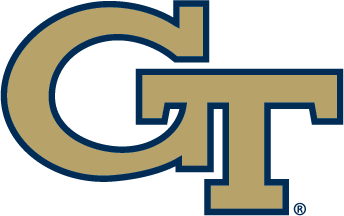April 10, 2014
By Matt Winkeljohn
The Good Word
Preparations are under way, already, for the next college basketball season, and at Georgia Tech that means head coach Brian Gregory’s players are working not only on their games, but their bodies.
The role of strength and conditioning coach Mike Bewley transitions in the “offseason” from maintenance to building. Or, in some cases, to shedding.
When Gregory spoke with members of the media recently to re-cap the 2013-’14 season and project some of the future, part of the conversation centered on the Yellow Jackets’ three freshmen and what lies ahead for them.
For point guard Travis Jorgenson, whose season ended early with a serious knee injury, rehabilitation will remain a top priority.
At the same time, guard Corey Heyward is tasked with shrinking, and swing man Quinton Stephens has orders to get bigger.
Heyward’s playing time increased significantly as the season wore on and the Jackets suffered injuries beyond Jorgenson’s knee. The problematic foot of Jason Morris, the groin of Trae Golden and even the offensive struggles of sophomore Chris Bolden pushed Heyward’s role.
He grew into it. Rarely counted upon to score, Heyward became a more-than-dependable defender, and handled the ball more as the season unfolded.
“If you look at the film at the beginning of the year and the end of the year, he made a drastic improvement in his game,” Gregory said. “His speed, his explosiveness, his ability to defend . . .
Jorgenson is perhaps the leading candidate to start at point guard next season, yet Heyward may spend time there and at the off guard, where incoming freshman Tadric Jackson will compete with Bolden.
Heyward can improve his chances for playing time by re-shaping his body so that he’s built a little less like his brother, Pittsburgh Steelers defensive lineman Cameron Heyward.
The 6-foot-1, 222-pound rising redshirt sophomore averaged 1.2 points, 2.6 assists and 2.2 rebounds in ACC games, although his greatest value came in work rarely reflected in numbers.
“I think this is a big summer for him because he needs to get his body fat down to about seven or eight percent; not that it’s high, but at 10 or 11 percent it’s too high for a point guard,” the coach said. “Getting in greater shape is going to help him.”
If Bewley, Heyward and Co. could figure out a way to transition some of his extra to Stephens, the thin multi-skilled player from the Marist School, everybody would be happy.
Alas, that’s won’t happen so Stephens needs to . . . shovel it in.
At 6-feet-8 1/2, he weighed around 186 pounds at season’s end, and Gregory would love to see him add a couple pounds per month between now and next season.
In conference action, Stephens averaged 4.2points and 2.2 rebounds, and he shot 34.2 percent from 3-point territory. His shooting stroke is hard to miss. Yet more than once last season, Gregory alluded to Stephens being pushed around while defending.
Problem is, Stephens has a high metabolism and he’s not hungry enough.
“He does a good job in the weight room; he’s gotten stronger. He just needs to eat more,” Gregory said. “If we can get him to 200 that’d be great . . . he’s got to eat. There are a lot of people who would like to have that problem.
“He lifts. He’s gotten stronger, but you really got to force yourself. You’ve got to be every bit as disciplined in that as when you’re trying to lose weight.”
The Jackets are also working on their skills sets. Heyward, for example, is focusing on his jump shot. He attemped just 14 three pointers all season, and made six (including 5-for-9 in ACC games). But he shot just 28.6 percent overall (10-for-35 in 32 games).
All players have prescribed offseason sets of assignments.
Rising junior Marcus Georges-Hunt, a starter from Day One as a freshman, is being asked to bone up on his jumper, and work on the dribbling skills that will help him get to the basket more often and with more control.
“One, you’ve got to get a little better with the basketball to finish better,” the coach said. “I think [he needs] to be able to develop [his] shot to where it’s not just crashing to the basket.”
Rising junior forward Robert Carter Jr. is not going to be asked to shoot the jumper less frequently even with the departure of bigs Daniel Miller and Kam Holsey leaving him easily the Jackets’ No. 1 post option.
“He has to get comfortable being able to do a little more of both,” Gregory explained of the Jackets’ leading returning scorer (12.0 ppg in ACC action). “He can take any jump shot he wants; he’s a good enough shooter. I never want him to settle for a jump shot. If he can do that . . . I’m fine.
“He has scored in the last two years more points . . . off pure post-ups than Daniel Miller. But . . . Robert takes more jump shots so people say he never posts up. That’s not true. A lot of his post-ups are going to occur in what we call the long post. He’s going to handle the ball and he’s a good passer.”
Get The Good Word in your e-mail box — it’s free! Just register here to get the latest features on Georgia Tech Athletics.
Also, make sure to follow Georgia Tech Athletics on Facebook and Twitter.









